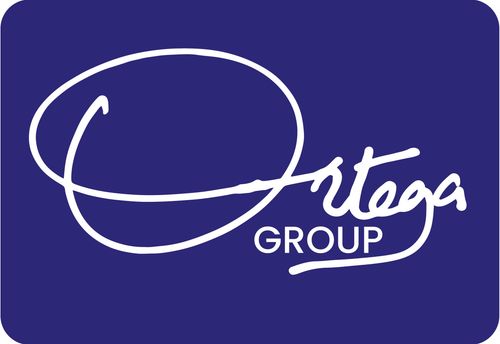By Ian Ortega
In the past, organizations used to rely on one key strength, one key department, one strategic advantage and everything else pivoted around that. If you found an organization that was tuned for distribution, everything would be approached from a distribution perspective. Then came the sales perspective. That at the end of the day, it came down to selling and helping to sell. We also have organizations that are heavy on marketing and branding. They knew how to build and scale brands.
But organizations have now arrived at a wall, the kind often described as the efficiency frontier. That having become great at one thing, benchmarked the best practices, organizations soon started to resemble each other and thus lost a differentiator. Today, you will find that organizations in the manufacturing front will be using the same Enterprise Resource Planning software such as SAP or Salesforce. Today, organizations have access to the same Microsoft tools such as Outlook, the same supplier bases, and access to the same workforce pool. What then makes the difference in outcome?
In comes the cross-functional team (CFT) strategy. The CFT is built on the basis that the bottleneck as organizations get bigger is that of coordination. Basically, how do you marshal the different departments to focus on the same issue and resolve it quickly before it is too late? How do you get the right people working on the same problem? Thus, the CFT comes to say that if you bring the teams in sourcing/procurement in the same room with those in corporate relations, and marketing and sales, and they work on the same challenge, then the organization becomes a formidable machine.
At the start of the financial year, organizations develop their strategic priorities and for each strategic priority, a cross-functional team is assembled to take the lead on that project. Think of the CFTs as special forces that move fast, strike at the right points and deliver results for the organization.
But CFTs are not an end in themselves, they’re a starting point in the journey towards organizations that move as one piece. Let’s borrow an analogy from two sources. First, the body. The body is an impressive system because it moves as one piece. When you set out to make a journey, both legs work on the same objective, the hands, the heart pumps at the right level while the eyes provide vision. Ideally organizations should work like the body. But that is often far from the truth. What plays out in companies is that often departments move in different directions.
Presented with the same issue, the sales department will see opportunity while the legal department will look at risk. Procurement on the other hand will be thinking about the tedious process of tendering, and getting value out of this tender, Finance on the other hand will be looking at the cash flow impact of such an opportunity. Thus, because of this fragmentation, the body of organizations rarely moves as one. Departments have differing perspectives and objectives. CFTs exist to align these differences.
When it comes to military strategy. Forces are expected to operate as one comprehensive unit. That’s to say, the mechanized forces, the artillery units, the infantry, the logistics units are all meant to move as one. But again, that rarely happens. At the battlefront, supply lines are stretched thin. Units run out of ammunition, the injured are not rescued on time. And thus once again, coordination becomes the constraint, the bottleneck.
In the Not-for-profit sector, you will find replication of duties among Civil Society Organizations (CSOs), the CFT equivalent here then becomes the multi-stakeholder teams. CFTs thus align organizational objectives, keep them integral and enable faster execution and implementation at the tactical level.
CFTs do not replace the normal structures of the organization, they don’t erase the day-to-day duties of the individuals that constitute them. Rather, they come in to build agency within organizations. Indeed, organizations that roll out CFTs will always report results. To say that instead of creating a new department for sustainability, an organization could instead establish a sustainability CFT and use that to drive sustainability efforts within the company.
During my time in FMCG, as an Engineer, I worked on a Culture CFT, and the Innovative Communication CFT. That time as CFT, we rethought internal communication, reimagined the staff dining experience, and at the end of the year, with all the different initiatives, the Net Promoter Scores (NPS) were in the upper scores. So, although the Human Resource Director was the Sponsor of the CFT, the team was made up of engineers, lawyers, marketers to mention but a few. It was proof that CFTs work and CFTs are the future of every organization. They set organizations on the journey of moving as one entity. And that’s the strategic advantage of the future – organizations that move as one.

